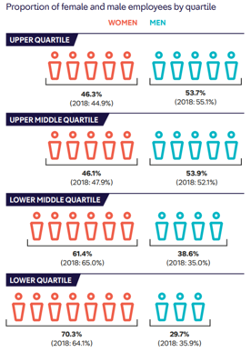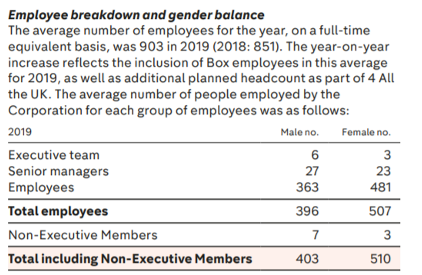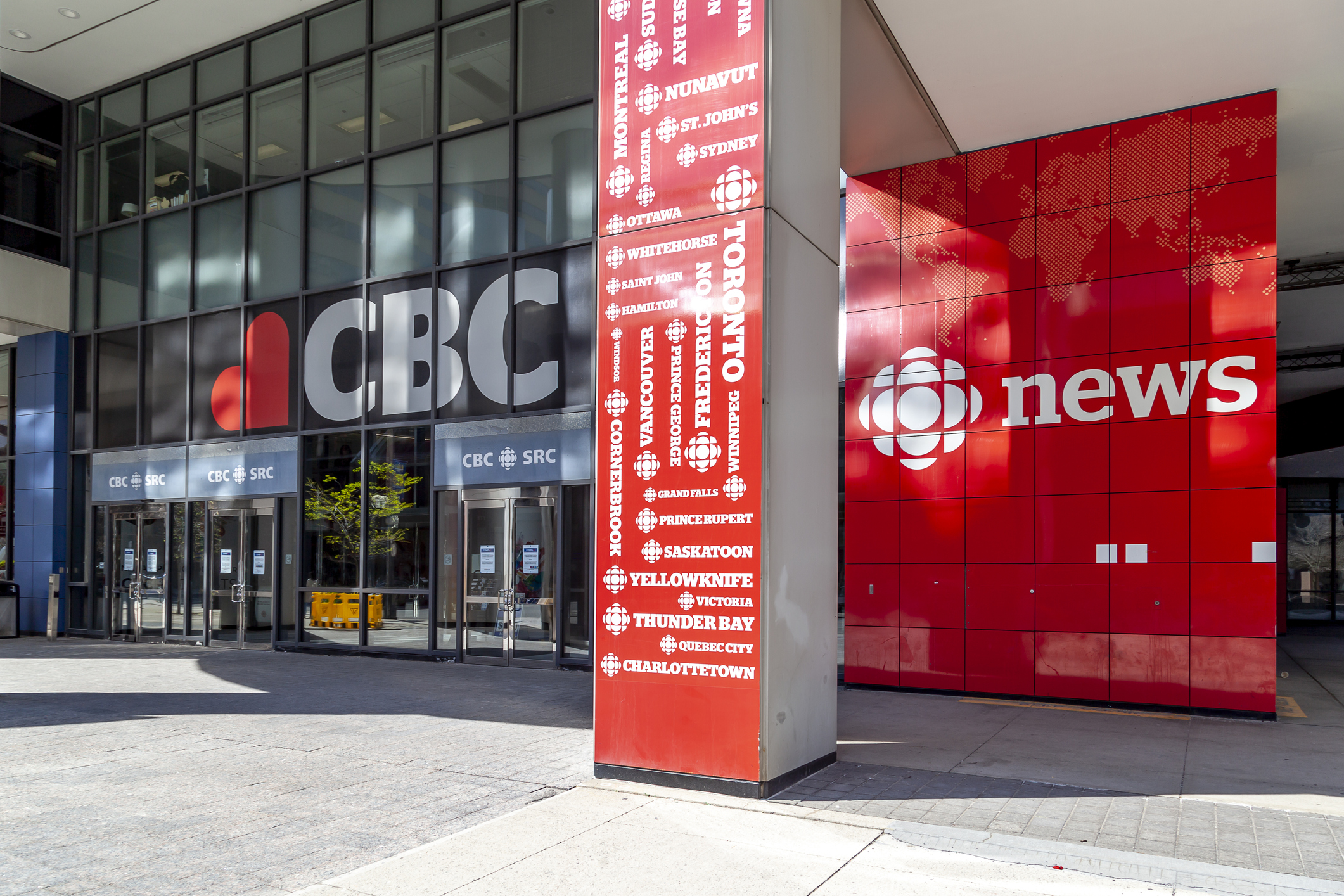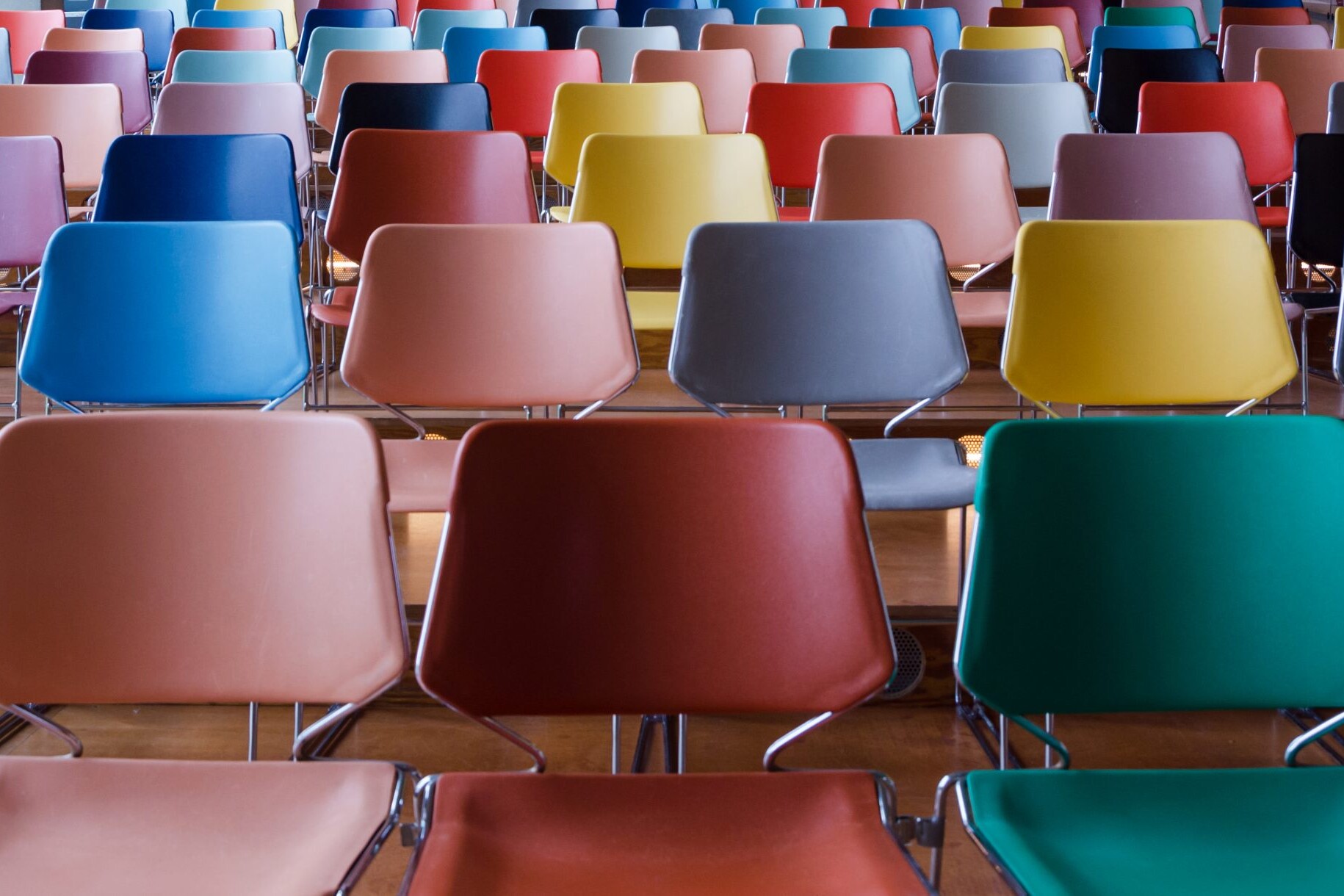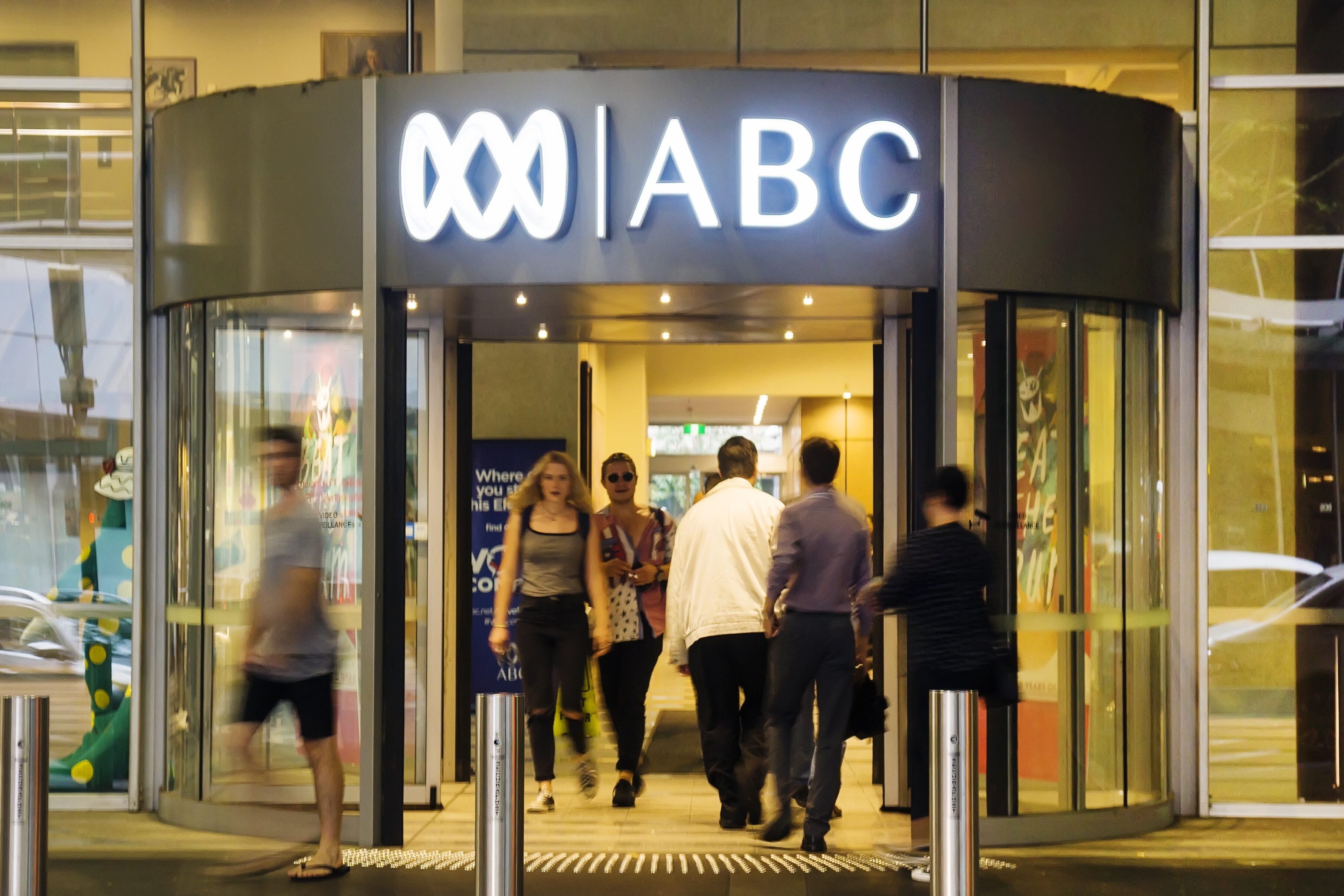Gender is often at the forefront of discussions about workplace diversity, and public media can play a critical role in inspiring change.
By Desilon Daniels
Global progression in gender equality has been steady but slow in recent years. Despite gains – such as improving the representation of women among political leaders – the gap to close the Economic Participation and Opportunity dimension of gender parity “remains substantial”, with “only a handful of countries” approaching parity, according to the 2020 Global Gender Gap Report.
It is projected that it will take, on average, 99.5 years across the analysed countries to close the gap, with the lack of progress meaning that it could take 257 years to close fully.
Public media has its part to play. In a recent report on women journalists in newsrooms, it was highlighted that, due to their remit, public service media should have a greater responsibility in achieving gender parity. Public service broadcasters such as Swedish Radio, Swedish Television (SVT) and the BBC were highlighted as having leadership strongly committed to gender parity and the report said that public media were more likely to comply with industry guidelines and undertake initiatives to achieve gender balance at the board level. Within Swedish public broadcasters, for instance, women Board members constitute 53% of the membership compared to the EU average of 38%.
The good performance of these two public service entities may be because “public service companies tend to set their idealist goals higher than do their commercial counterparts,” the report states.
“public service companies tend to set their idealist goals higher than do their commercial counterparts”
The report is right. Diversity is not only an ideal for public media but public media must take the lead in addressing diversity, as we noted in our Global Call Out in July. Some broadcasters take this challenge more into consideration than others: while there are public media organisations with clear, targeted gender approaches, others are more ambiguous, some have no clear approaches at all and others appear to have few publicly available figures.
It must be acknowledged that broadcasters have different priorities, often linked to their national and even regional contexts. At RNZ in New Zealand, for example, there is a strategy for cultural diversity, with an emphasis on including Māori language and culture. Yet regardless of specific areas of achievement, all public media must be held accountable for diversity. These organisations must lead the way across all types of diversity, particularly because they are beholden to represent all sections of society in ways private media are not.
And this shouldn’t end at publicly stated commitments or targets. Commitments must go beyond lip service; they must be transparent and provide targets that allow the public to keep public media accountable. NHK in Japan, for instance, has a target of 10% of women in top positions while less than 20% of its workforce is made up of women. However, its target is nowhere reflective of a society where women form an estimated 51.3% of the population.
Now is the time for public media to get this right. Just last month, RTVE became the first Spanish media organisation to approve and release a gender equality guide. The guide aims to incorporate a gender perspective into the broadcaster’s daily work. This is the kind of leadership required of public media.
In this report, we explore how public media have both succeeded and fallen short when it comes to gender diversity.
Country by Country
Discover how public media around the world are handling gender equality in the workplace
France
France is a nation with a stated commitment to gender parity. The French government has developed its own Gender Equality Index, which aims to eliminate the gender pay gap and fight sexual violence and sexist acts at work. The index outlines points-based criteria applicable to all companies in France. Failure to attain a minimum threshold requires action while a lack of progress or corrective measures could result in a fine.
Furthermore, the Gender Equality Index 2020 notes that the women on boards of broadcasting organisations have risen from 32% in 2015 to 46% in 2019.

Public media in France have shown they are taking gender diversity seriously. According to Radio France, it is “stepping up its actions in favour of gender balance, parity, and diversity”. In 2019, it said, there were 43.4% of women in its workforce; 42.85% of women on its Board of Directors; 55.55% of women in the Executive Committee; and 56.52% of women in the Operational Strategy Committee.
At France Télévisions, the company similarly identifies gender equality as one of its societal commitments, with equal pay being one of its priorities. The company is also transparent in how it scores on its national Gender Equality Index – it earned a score of 94/100 in 2019.
Read more: France Télévisions – ‘Our Societal Commitment’
United Kingdom
The BBC has a clear policy on being more inclusive for women. One example is the corporation’s 50:50 Project, an initiative that strives to increase the representation of women in the public broadcaster’s journalism and media content. The project has been replicated around the world and aims to reach 50% women on-screen, on-air and in lead roles across all genres by 2020, from drama to news. In its 2019/2020 annual report, the corporation revealed that women represented 48.3% of all staff and 45% of leadership. However, both categories fell just short of their 50% by 2020 targets.
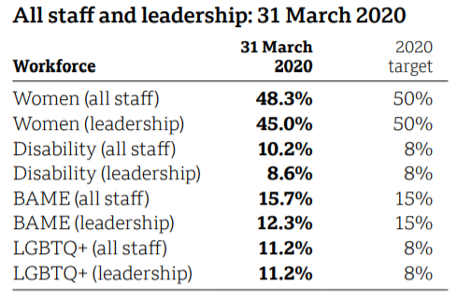
When it comes to the gender pay gap, the BBC says, “The BBC’s gender pay gap remains the lowest in the industry and is reducing every year. We remain substantially ahead of the national average and we are closing our GPG at a faster rate than the industry and UK average. The median GPG has been reduced this year to 6.2% from last year’s figure of 6.7%, significantly lower than the national average which is currently 17.3%. In the roles where we have most staff (Journalist, Senior Journalist, Producer, Senior Journalist-Reporter, Assistant Editor) our median GPG is less than 3%.”
Such action follows a period of particular focus and concern regarding pay gaps at the BBC. A number of high-profile cases have come to light in recent years, including the BBC’s former China Editor, Carrie Gracie.
Meanwhile, at Channel 4, women account for 56% of staff. In 2018, the broadcaster announced several targeted measures to reduce its gender pay gap, including a comprehensive review of its recruitment and selection practices and a focus on career progression for women within the organisation. Further, the broadcaster aims to have a gender split of 50/50 across the top 100 paid staff; currently, women make up 43% of this group – up from 41% in 2018 and 34% in 2017. It hopes to achieve this 50/50 target by 2023, according to its 2019 Pay Report.
Japan
The 2020 Global Gender Gap report notes that Japan has not only the largest gender gap among all advanced economies, but this gap has widened over the past year. According to the report’s index, Japan ranks 121st out of 153 countries, down 1% and 11 positions from 2018. Its economic gender gap has closed slightly, but from a very low base.
This is the environment in which the public broadcaster, NHK, functions.
NHK does many things right: it is a leading media organisation for emergency and crisis reporting; it is focused on strengthening its multilingual services; and it is an adept user of innovative technologies. But when it comes to gender diversity, there are many strides for the broadcaster to make.
While NHK does have a stated commitment to gender equality and even has measurable targets, these targets are low. According to NHK, it aims to create a comfortable workplace environment with diverse human resources who can meaningfully contribute, regardless of gender. NHK also has an “Action Plan”, announced in March 2016, which sets the specific goal of upping the ratio of female managers in 2020 to 10% or more. As of the financial year 2019, however, the percentage of female managers was 9.5%. Women are also significantly outnumbered among the general staff: while 8,411 men make up 81.4% of NHK’s staff, there were only 1,922 (18.6%) women.
It must be noted that the trend of a low ratio of women in Japanese media is seen within the private broadcasters as well, where a survey of six Tokyo-based broadcasters revealed the proportion of female employees was in the 20-29% range. Meanwhile, the percentage of female executives at the six surveyed private broadcasters and public broadcaster NHK was 4.8%.
Read more: Low ratio of women in Japan media impacts news coverage, work conditions: survey
The public broadcaster, undoubtedly, has a positive contribution to make to Japanese society. However, public broadcasters also have an obligation to represent that society both in its content and in its workforce. NHK must therefore strive to not only set targets but to push the boundaries of these targets.
South Africa
The South African Broadcasting Corporation (SABC) has said it is committed to gender equity. In November 2014, it announced several appointments which saw women constituting the majority of the Operations Executive Committee. Further, its #WomenInNews campaign highlighted women in SABC newsrooms and the ways in which they contribute to the organisation.
However, despite SABC’s publicly stated commitment to gender equity, this has not translated to measurable targets. While South Africa has an Employment Equity Act, this focuses primarily on race-based equity and not gender-based equity. This race-based focus is understandable given the country’s history of Apartheid. Earlier this year, it was announced that there would be amendments to the Employment Equity Bill, which would allow government to set race-based equity targets for every industry.
In its 2020 annual report, SABC revealed its breakdown of current equity targets. While these targets are broken down by race and skill “level”, a clear pattern emerges when we consider the targets and statuses by gender: women – across all races and physical abilities – fall under target. Meanwhile, their male counterparts fall just under target in only one category – “disabled staff”.
Men made up 55.8% of staff compared to 44.2% of women. About three quarters (71.5%) of the women employed are semi-skilled or unskilled compared to 28.5% of women who were top management, senior management, professional qualified, and skilled. Women, however, did form 15 out of the 25 top management and senior management positions.
Meanwhile, only 6% of men were semi-skilled or unskilled while 94% of male staff were considered top management, senior management, professional qualified, and skilled.
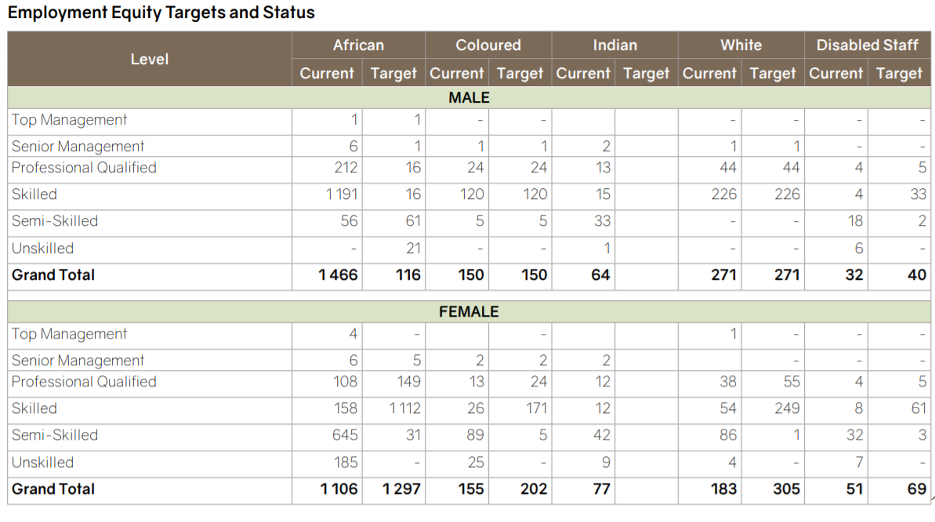
United States
With a commitment to attract and retain staff of various backgrounds across all organisational levels, women account for 55% of the workforce at PBS. The public broadcaster also has a Diversity, Equity, and Inclusion Council, which aims to identify barriers to equity and inclusion; assist in dismantling racism or exclusionary practices; and provide insight on procedures, policies, and practices which both strengthen or detract from inclusion and diversity.
At NPR, a similar approach has been taken. The public radio organisation has a Chief Diversity Officer as well commitments to diversity, equity, and inclusion. In fact, earlier this year its CEO, John Lansing, prioritised expanding the diversity of NPR’s audience.
“We cannot embrace and reflect diversity in our content if we don’t do it in our workplaces, in our newsrooms and our board rooms. We set that goal because we need to be better. I want to be clear on that point: We have miles to go,”he is quoted as saying in an NPR release.
However, in NPR’s 2019 annual report, it does not identify any targets or achievements on diversity, equity, and inclusion. Furthermore, In September, the NPR union SAG-AFTRA publicly demanded changes to NPR’s diversity policy, primarily related to race but also other diversity markers. In its list of demands, the union called for transparency for NPR’s diversity, equity, and inclusion funding. “NPR must provide SAG-AFTRA with an accounting of how much funding has been allocated to support diversity, equity and inclusion initiatives, as compared to other training and hiring programs,” the union said. SAG-AFTRA also called for the creation of an accountability committee which would assess progress and make recommendations on how to support a diverse newsroom.
South Korea
In February, South Korean public broadcaster KBS announced that it would appoint Lee So-jeong – a journalist with nearly two decades of experience in television – as not only its first female news anchor but also the first in the country’s history.
The appointment came two years after the broadcaster expressed its commitment to gender equality and established its own Gender Equality Centre, another first for South Korea. According to the broadcaster, “KBS will develop into a gender-equal organisation in which anyone, regardless of gender, age, or job, can demonstrate their various competencies, and contribute to our society by producing high-quality content.” The Centre focuses largely on handling and preventing incidents of sexual harassment and sexual violence in the workplace; providing educational activities; and fostering a gender equality culture at KBS.
However, there is little news elsewhere on the broadcaster’s female staff. In its 2019 annual report, for instance, KBS does not provide gender breakdowns on which jobs female staff can be found nor does it identify quotas or measurable targets for gender diversity, equity, and inclusion. The closest mention of gender can be found through its page on the Gender Equality Centre.
KBS has many accomplishments under its belt: it is expanding its disaster broadcasting – including strengthening the ways in which disabled communities are informed; it provides a dedicated social welfare radio channel for marginalised people and minorities; and has improved its services, such as web accessibility, in its efforts to transition from a public broadcaster to public service media. Further, its response to the COVID-19 pandemic has earned KBS the title of the most trusted news brand in South Korea. KBS is clearly a leader in public broadcasting. But it also has a significant role to play in demonstrating the need for greater diversity and gender equality, not just for its workforce but to the wider public. South Korea currently has the third largest economic gender gap among advanced economies in the world according to the 2020 Global Gender Gap Report.
This report was compiled using publicly available information. We invite public broadcasters to respond to the report and provide details of any further information.
Header Image: Students Experimenting With Video Software stock photo. Credit: TommL/iStock
Related Posts
11th November 2020
Insight | What CBC’s newsrooms are doing to deliver on pledge to improve diversity, inclusivity
Half a year has passed since killing of…
15th November 2019
ABC Australia releases new inclusivity and diversity plan
The Australian public broadcaster, ABC,…
